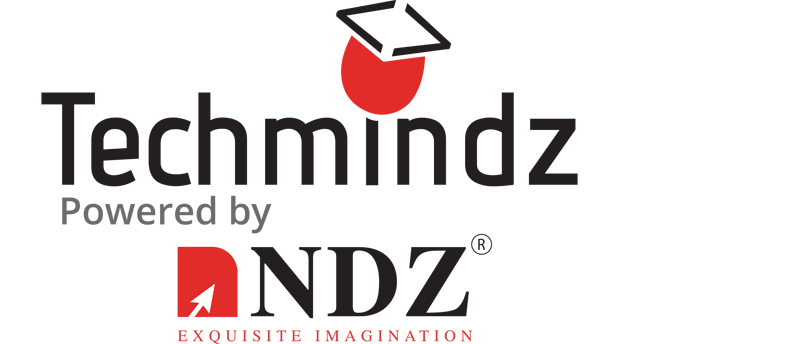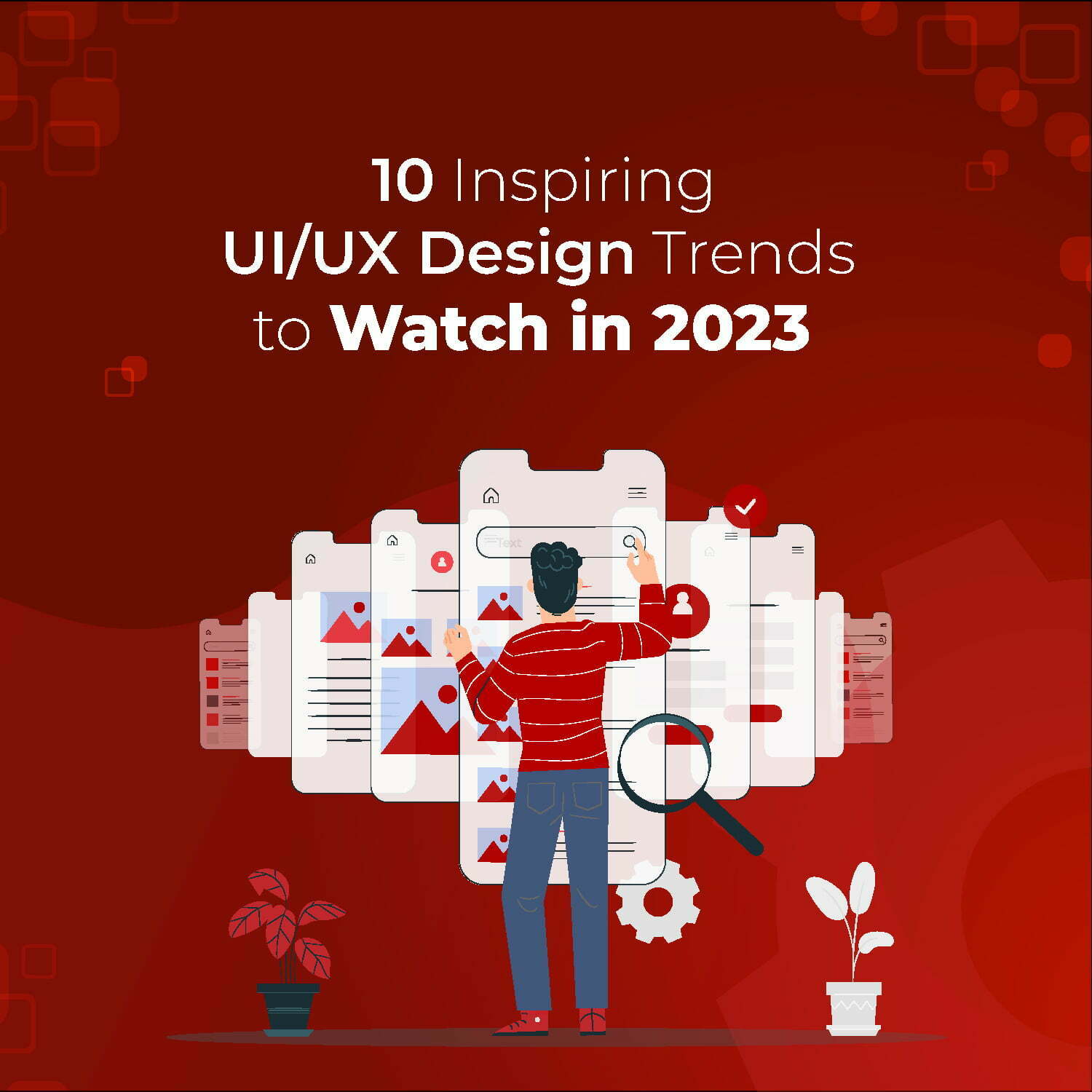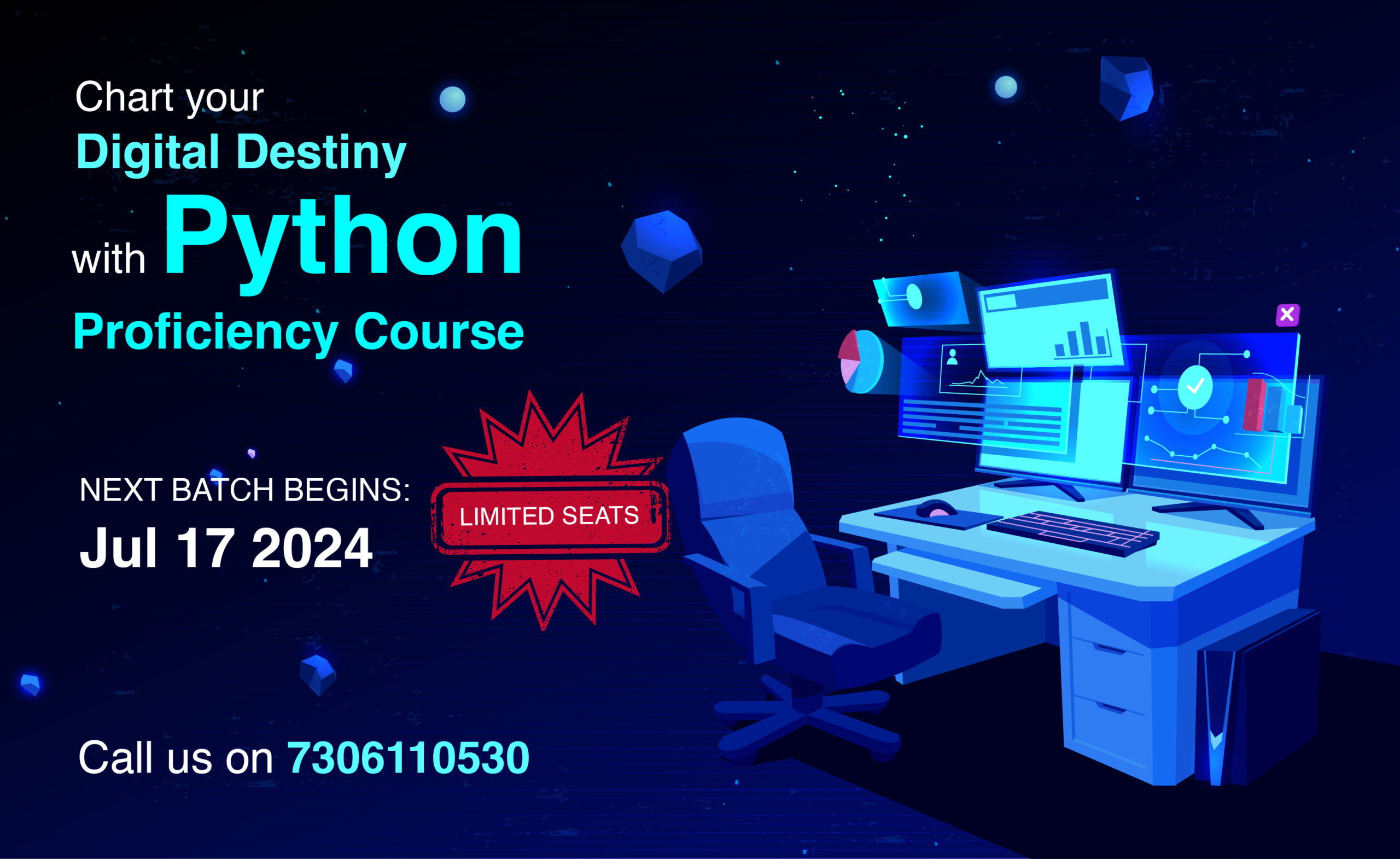The field of UI/UX design is continually adjusting to satisfy the ever-changing needs and expectations of users as technology develops. In 2023, designers will be reimagining digital experiences and pushing the frontiers of what is possible.
Here, we will explore 10 inspiring UI/UX design trends that are making waves in the industry, providing examples and insights for designers to stay updated and create exceptional user experiences.
1. Dark Mode Dominance
Over the past few years, dark mode has grown in popularity, and by 2023, it will be a standard in UI/UX design. This trend offers real advantages including lessened eye strain, increased attention to information, and extended battery life (for OLED screens) beyond just aesthetic preferences.
Leading apps and websites across various industries, such as Instagram, YouTube, and Twitter, have adopted dark mode as a default option. Designers are now experimenting with creative color combinations and subtle gradients to create stunning dark mode interfaces that provide a seamless and immersive experience.
2. 3D and Augmented Reality Integration
With advancements in technology and device capabilities, 3D elements and augmented reality (AR) are finding their way into UI/UX design. These elements offer a sense of depth and interactivity that elevates user engagement.
AR is being utilized in e-commerce to allow users to try on products virtually, while 3D design is being integrated into storytelling and branding to create memorable and dynamic experiences. For example, furniture retailers are using AR to enable customers to visualize how products will look in their homes, making the decision-making process easier.
3. Voice User Interfaces (VUI)
Voice interactions are becoming increasingly popular, thanks to the rise of voice assistants and smart speakers. VUI has grown beyond simple commands and is now used for complex tasks across various applications.
In order to provide users with a seamless experience, designers are introducing conversational interfaces that are simple, effective, and customised. Leading companies in this space include Google Assistant and Amazon’s Alexa, which use machine learning and natural language processing to provide precise and contextually appropriate answers.
4. Inclusive Design for Accessibility
In 2023, the importance of inclusive design has gained significant traction in the UI/UX community. Designers are emphasizing creating interfaces that cater to all users, regardless of their abilities. This includes considering color contrast for visually impaired users, ensuring keyboard accessibility for those with motor disabilities, and providing alternative text for screen readers.
Brands like Microsoft and Apple have made notable strides in incorporating inclusive design principles, setting a positive example for the industry.
5. Neumorphism: A Blend of Skeuomorphism and Minimalism
Neumorphism is a design trend that emerged as a fusion of skeuomorphism and minimalism. This style utilizes subtle shadows and highlights to create a soft, three-dimensional effect, giving elements a tactile appearance.
While not suitable for every design, it can be used to add a touch of elegance and sophistication to specific applications or interfaces. Designers need to tread carefully, as overuse of neumorphism may lead to accessibility issues, especially in terms of contrast.
6. Micro-interactions for Enhanced Engagement
Micro-interactions are small, delightful animations or responses that occur when a user interacts with a website or app. In 2023, designers are leveraging these subtle interactions to create a more engaging and intuitive user experience.
From a simple hover effect to a fun loading animation, micro-interactions inject personality and playfulness into digital products, making them more memorable and enjoyable for users. Companies like Airbnb and Slack incorporate micro-interactions seamlessly to enhance their platforms.
7. Biometric Authentication
Biometric authentication is becoming more and more popular as a practical and secure method of accessing apps and services as digital security becomes a top priority.
Fingerprint recognition, facial recognition, and even iris scanning are being integrated into UI/UX design to ensure seamless user authentication. This trend not only enhances security but also streamlines the login process, reducing friction and boosting user satisfaction.
8. Data Visualization and Infographics
In 2023, data visualization has evolved into an art form, with designers presenting complex information in easily digestible and visually appealing formats. Interactive charts and infographics are used to present facts and trends as well as to convey engaging stories.
In sectors like banking, health, and technology, where data-driven decision-making is essential, this trend is pervasive. Information may be made simpler with the use of well-designed data visualisations, making it more user-friendly and interesting.
9. Emphasis on Environmental Sustainability
As the global focus on sustainability increases, UI/UX designers are incorporating eco-friendly elements into their designs. This includes using eco-conscious colors, incorporating recyclable iconography, and promoting energy-efficient design choices.
Brands with a strong commitment to sustainability, such as Patagonia and Ecosia, are setting examples by weaving environmental consciousness into their digital experiences.
10. Liquid and Fluid Design
Fluid design is all about creating interfaces that adapt seamlessly to various screen sizes and orientations. With the rise of foldable phones and diverse device types, this trend has become a necessity.
Designers are embracing fluid layouts and responsive components to ensure optimal user experiences across devices. By prioritizing flexibility, designers are empowering users to interact with their products on any platform seamlessly.
Wrapping Up:
In 2023, UI/UX design is embracing innovation and pushing boundaries to create exceptional user experiences. From dark mode dominance to AR integration and inclusive design, designers are constantly exploring new ways to elevate digital interactions.
Adopting these innovative ideas can help designers stay current while also enabling them to give users engaging, easy-to-use experiences in the always changing digital environment. Designers may continue to improve UI/UX design in the future by remaining open to experimenting and taking user feedback into account.









0 Comments